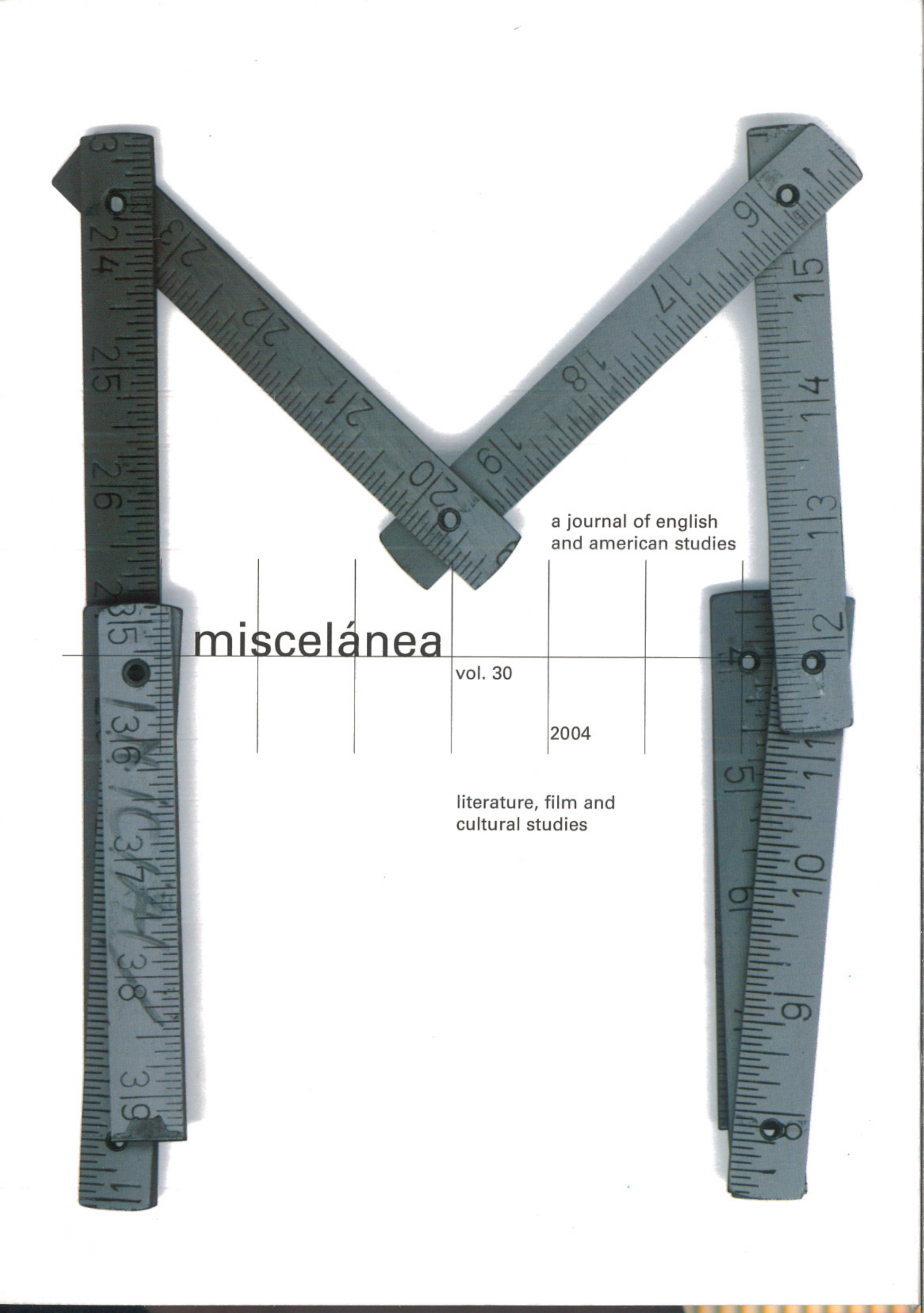The Language of Film: Corpora and Statistics in the Search for Authenticity. Notting Hill (1998) - A Case Study
DOI:
https://doi.org/10.26754/ojs_misc/mj.200410129Palabras clave:
Cine, Análisis textual, Traducción, Subtitulación, CorpusResumen
Aunque es bien sabido que los guiones cinematográficos no suelen captar las variadas y sutiles características del diálogo espontáneo, no está tan claro cómo y hasta qué punto ese lenguaje no "suena verdadero". La investigación exhaustiva de los componentes tanto del habla espontánea como del discurso cinematográfico en una amplia gama de material de cine y televisión ha demostrado ser una base sólida sobre la que ampliar la investigación en este campo. Con la ayuda de la lingüística de corpus y la asistencia de expertos en estadística, se han descubierto algunos fenómenos interesantes relacionados directa e indirectamente con los objetivos originales de la investigación.
Por ejemplo, las comparaciones de guiones de cine y televisión británicos y estadounidenses con corpus de lengua hablada, como los del proyecto Bank of English y el corpus de lengua hablada de San Diego, ya han proporcionado material para demostrar las hipótesis sobre la falta de autenticidad del material cinematográfico. Pero observar los cambios que se producen entre un guión original y la transcripción de la versión final de un texto cinematográfico es más esclarecedor, al igual que los análisis estadísticos que muestran cómo determinados rasgos lingüísticos aparecen en grupos y conjuntos (Biber et al 2004), y cómo las combinaciones de palabras y grupos de palabras parecen primadas (Hoey 2004) para distintos géneros cinematográficos. Por tanto, este artículo pretende ilustrar la metodología empleada en este estudio concreto del lenguaje cinematográfico, explicar los resultados obtenidos y presentar los hallazgos serendípicos que arrojó la investigación, con especial referencia a la película Notting Hill.
Descargas
Referencias
BARTHES, Roland. 1973. Mythologies. St. Albans: Granada.
BIBER, Douglas, Eniko CSOMAY, James K. JONES, Caey KECK. 2004. “Vocabulary-based Discourse Units in University Registers”. In Partington, Alan, John Morley and Louann Haarman. (eds.).: 23-40.
BROWN, Gillian and George YULE. 1983. Discourse Analysis. Cambridge: Cambridge U. P.
DI GIUSTI, Luciano. 1990. I film di Luchino Visconti. Roma: Gremese.
EAGLETON, Terry. 1983. Literary Theory. Oxford: Blackwell.
GREGORY, Michael. 2002. “Phrasal Analysis within Communication Linguistics: two contrastive discourses”. In Fries, Peter, Michael Cummings, David Lockwood and William Spruiell. (eds.). Relations and Functions within and around Language. London: Continuum: 316-345.
GREGORY, Michael and Susanne CARROLL. 1978. Language and Situation. Language varieties and their social contexts. London: Routledge and Kegan Paul.
HALLIDAY, M. A. K. 1994. An Introduction to Functional Grammar. London: Edward Arnold.
HOEY, Michael. 2004. “Lexical Priming and the Properties of Text”. In Partington, Alan, John Morley and Louann Haarman. (eds.).: 385-412. LACEY, Nick. 1998. Image and Representation. New York: St. Martin’s Press.
—. 2000. Narrative and Genre. Basingstoke: Palgrave.
MCCARTHY, Michael. 1998. Spoken Language and Applied Linguistics. Cambridge: Cambridge U. P.
MINSKY, M. 1975. “A Framework for Representing Knowledge”. In Winston, P. (ed.). The Psychology of Computer Vision. New York: McGraw-Hill.
PARTINGTON, Alan, John MORLEY and Louann HAARMAN. (eds.). 2004. Corpora and Discourse. Bern: Peter Lang.
SANFORD, Anthony and Simon GARROD. 1981. Understanding Written Language. New York: Wiley.
SCHANK, Roger and Robert ABELSON. 1977. Scripts, Plans, Goals and Understanding. Hillsdale, N.J: Erlbaum.
SINCLAIR, John and Malcolm COULTHARD. 1975. Towards an Analysis of Discourse. Oxford: Oxford U. P.
STRENSTROM, Anna-Britta. 2004. What is going on between speakers. In Partington, Alan, John Morley and Louann Haarman. (eds.).: 259-284.
THIBAULT, Paul. 2000. “The Multimodal Transcription of a Television Advertisement: theory and practice”. In Baldry, Anthony. (ed.). Multimodality and Multimediality in the Distance Learning Age. Campobasso: Palladino Editore.
Descargas
Publicado
Número
Sección
Licencia

Esta obra está bajo una licencia internacional Creative Commons Atribución-NoComercial 4.0.


